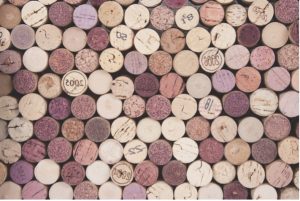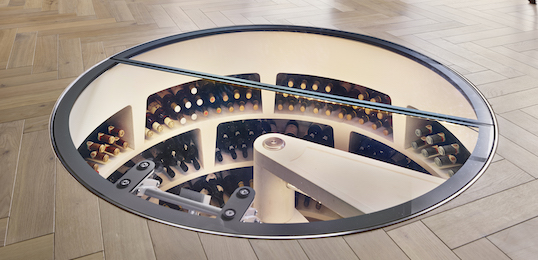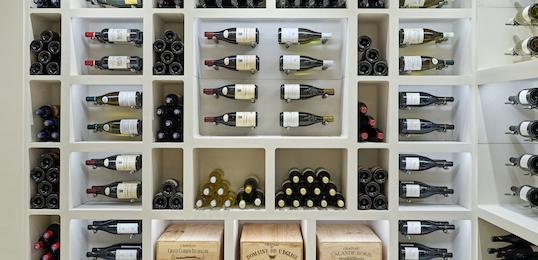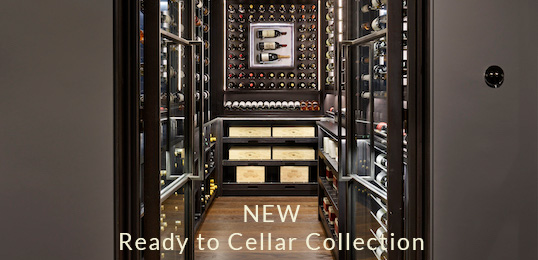
Tim Atkin is an award-winning wine writer and Master of Wine with 35 years’ experience. He writes for a number of publications, including Harpers, Decanter, The World of Fine Wine, Gourmet Traveller Wine and The Drinks Business and is one of the Three Wine Men. Tim is a co-chairman of the International Wine Challenge, the world’s most rigorously judged blind tasting competition, and has won over 30 awards for his journalism and photography. So far, he don’t have a red nose to show for it…….
‘Every year or two, I send him the same letter,’ an exasperated wine merchant confessed to me recently. ‘This guy has been storing a case of Muscadet with us since the late 1980s and paying an annual charge for the privilege. Every time I write to tell him that it really is time to drink the stuff, I get the same response: “Leave it where it is”.’
Not many of us would put our faith in the ageing powers of a 20-year-old Muscadet. Fresh light whites, even those with marked levels of acidity, rarely improve with time in bottle. But that ancient case of Loire white raises broader questions about laying down wine.
Why do it in the first place? Which wines age best? How and where should you store it? And how do you know when a wine has reached maturity?
The first thing to bear in mind is that most wine is intended to be drunk on release. Even red Bordeaux, the ultimate cellar-worthy wine, has become much more drinkable in its youth since the early 1980s, with plusher tannins, more oak and alcohol and lower levels of acidity. Attribute it to climate change, to later picking dates or to new-fangled machinery in the winery, or even to a combination of all three, but these days we really can have our cake and scoff it. In the past, many of the best red Bordeaux were undrinkable in their youth; now they are accessible within a few years of the harvest.

Well over half of the wine we buy in the UK is consumed within 24 hours of purchase. I suspect that much of the remaining spends a few weeks in the fridge or a wine rack at most. But a small yet increasing percentage of wine is bought to keep. More and more of us like the idea of cellaring (and I use the term loosely) our own wine. Standard Life estimates that 13.8 million Brits buy at least one bottle of wine to keep each year and that two million of us plan to buy or build some form of storage facility like a built in wine cellar in the next five years. It’s easy to see why. At a time when society seems to value immediacy (and ephemeral immediacy at that) above all else, wine is one of the few things that is capable of changing for the better over time. Great bottles can last for decades, or even centuries. There’s something very moving about tasting a wine bought to commemorate an anniversary or a birthday, never mind one that was produced before the Second World War.
Sometimes wine is stored in a temperature controlled warehouse – either duty paid or under bond – and sometimes it’s stored in people’s wine rooms. Yet the reasons for holding onto wine are the same in both cases: it will develop complexity in the bottle, increase in value and hopefully both.
It doesn’t always work out that way – that Muscadet has almost certainly failed on both counts – but if you follow a few basic rules, you are more likely to end up with a collection that tastes better than when you bought it. If you’re lucky (and canny) it might even show a half decent profit.




